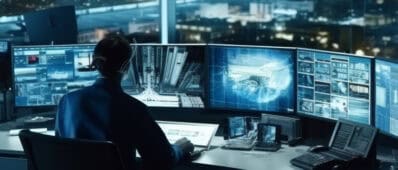Abstract
Integrating microtransit with fixed-route transit (FRT) can improve travelers’ mobility by leveraging the benefits of microtransit’s flexibility and FRT’s high passenger capacity. However, the high operating cost of microtransit presents a challenge, which calls for a careful evaluation of the trade-offs between mobility gains and operational cost. To address this need, this paper develops a modeling approach and solution procedure to identify Pareto-optimal designs. The researchers focus on design parameters of practical interest, namely, fare policies and microtransit fleet size. To explore these trade-offs, a bi-level and bi-objective (i.e., minimize taxpayer subsidy and maximize mobility-based consumer welfare) modeling framework, with an agent-based transportation system simulation model at the lower level and a multi-objective Bayesian Optimization (BO) model at the upper level is proposed. The research team applied the modeling and solution approach to Lemon Grove, California (a suburban area in San Diego County). Results revealed a diverse set of solutions along the Pareto frontier, indicating that some naive microtransit fare strategies are suboptimal. Notably, Pareto-optimal designs feature a 50-100% discount for microtransit to FRT transfers, as well as peak-period fare multipliers between 1.8x and 3.5x to manage time-varying demand effectively.




